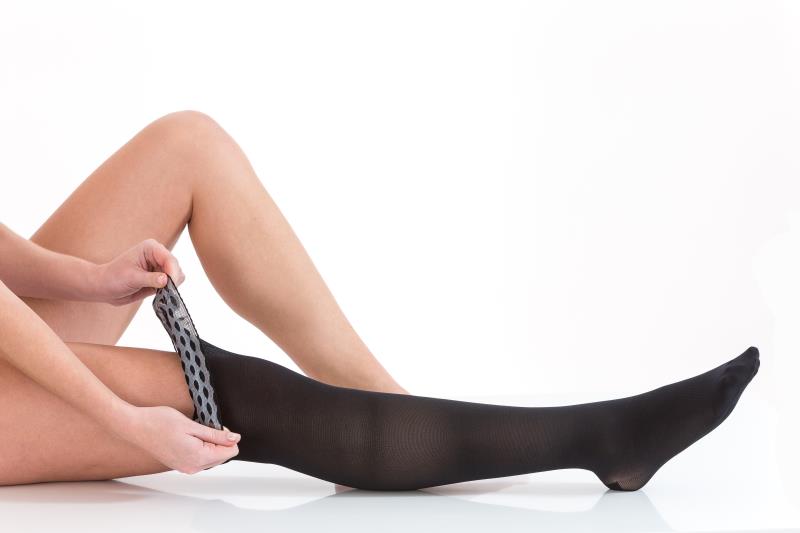Compression garments prevent cellulitis in chronic leg oedema





Wearing compression garments daily significantly reduces the rates of recurrent cellulitis than conservative treatment in patients with chronic leg oedema and cellulitis, a study has shown.
The benefit of compression therapy was so clear that the trial was stopped early for efficacy, and participants in the control group were crossed over to receive compression therapy as well.
“Chronic oedema is a risk factor for cellulitis of the leg and for recurrent cellulitis,” explained the researchers. “Prevention of cellulitis by means of prophylactic antibiotics can cause side effects, and the bacterial species precipitating cellulitis is usually unidentifiable, which hinders targeted antibiotic prophylaxis.”
While compression therapy has been widely used by clinicians, data from clinical trials to support this practice were scarce.
In the single-centre, nonblinded trial, 84 individuals (mean age 64 years, 49 percent female) with chronic oedema of the leg and a history of cellulitis were randomized 1:1 to leg compression therapy in addition to education on cellulitis prevention or the control group receiving education alone. They were followed up every 6 months, for a maximum duration of 3 years. [N Engl J Med 2020;383:630-639]
At the preplanned interim analysis (when the incidence of cellulitis reached 23 episodes), 15 percent of cellulitis occurred in the compression group compared with 40 percent in the control group. This corresponds to a 77 percent reduction in the risk of cellulitis recurrence with compression therapy vs control (hazard ratio [HR], 0.23; p=0.002).
A post hoc analysis yielded a relative risk of 0.37 (p=0.02) in favour of the compression therapy, and the study was stopped early on recommendation by an independent data monitoring committee.
There were also fewer patients who were hospitalized for cellulitis in the compression group vs the control group (7 percent vs 14 percent; HR, 0.38, 95 percent confidence interval [CI], 0.09–1.59).
No significant differences were seen in quality-of-life outcomes between the two groups.
There were no adverse events reported during the trial.
According to the researchers, “This result supports expert opinion.”
“Long-term use of compression therapy has the additional potential advantages of managing chronic venous insufficiency, venous ulcers, and skin conditions (eg, hyperkeratosis), which are all common in patients with chronic oedema,” they highlighted.
The exact mechanism by which compression garments prevent cellulitis recurrence is not yet known.
“Compression therapy could potentially decrease the risk of cellulitis by lessening oedema, improving immune response and skin integrity, and providing physical protection for the skin,” the researchers suggested.
As the duration of follow-up was short, the researchers recommended larger and longer studies to validate the protective benefit of compression therapy against cellulitis recurrence.
“[If proven, this would be particularly useful] in settings without access to specialized lymphoedema services [such as the primary care],” they pointed out.